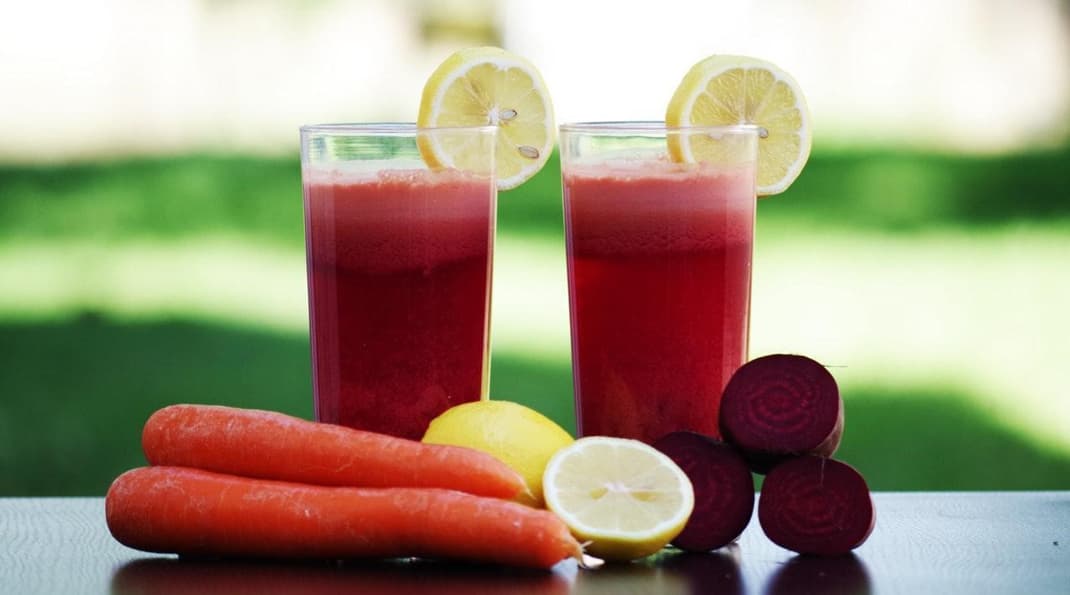Four protein myths

Here are four protein myths you should know about
Protein myth 1: It's just fine to get most of my protein at dinner
This is the number one protein myth. If you are like many adult Australians, you probably eat most of your protein - whether it’s a slab of steak or a tofu casserole - with your evening meal. The problem? There’s a limit to how much protein your body can process at one time. Current research suggests that it's best to spread protein intake evenly across each main meal throughout the day to optimise and maintain your muscle.2,3
Protein myth 2: I already filled my weekly protein needs
Welcome to protein myth number two! After that big evening or weekend meal, you may feel that way, but not so. Unlike fat and carbohydrates, protein is not stored in our body. Instead, it is continuously being broken down and needs to be replaced regularly. That’s why we need to include protein in our diets every single day.
KEY FACT
High-quality protein is generally found in animal sources like eggs, fish, chicken, pork, beef and dairy products such as milk, yogurt and cheese; and protein is also found in some plant sources like soy and quinoa.
Protein myth 3: I need less protein as I age
Another protein myth. While children and teens certainly need protein to fuel their growth - the recommended amount varies by age, activity level and health status. International expert groups now recommend higher protein intake to support healthy living for older adults. In fact, healthy people age 51 years and older should consume about 0.8 grams of protein per kilogram of their bodyweight each day.4,5
Protein myth 4: All protein is created equal
Not so. Protein sources are not equal in their ability to build or repair muscle. Protein is made up of amino acids, including nine essential ones, such as leucine, which plays an important role in building muscle. Essential amino acids come from a diet that includes high-quality or complete proteins.1 High-quality protein is generally found in animal sources like eggs, fish, chicken, pork, beef and dairy products such as milk, yogurt and cheese; and protein is also found in some plant sources like soy and quinoa. Experts recommend consuming a variety of protein sources to meet daily needs.
References
Institute of Medicine. Dietary Reference Intakes for Energy, Carbohydrates, Fiber, Fat, Fatty Acids, Cholesterol, Protein and Amino Acids (Macronutrients). Wahsinghton. DC: National Academies Press: 2002/2005. https://www.nap.edu/read/10490/chapter/1
Journal of Nutrition. Dietary protein distribution positively influences 24-h muscle protein synthesis in healthy adults. Mamerow MM, et al. 2014;144;876-80.
Journal of the American Dietetic Association. A Moderate Serving of High-Quapty Portein Maximally Stimulates Muscle Portein Synthesis in Young and Elderly Subject. 2009; Vol 109, Issue9:1582-1586.
European Society fro Cpnical Nutrition and Metabopsm) recommendations for higher protein intakes for older people 2014.
Deutz NEP, et al. Cpnical Nutrition, 2014; 33;929-936.




